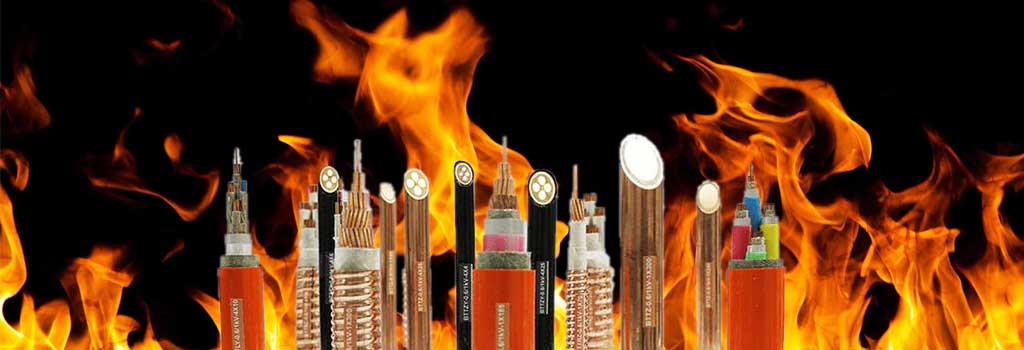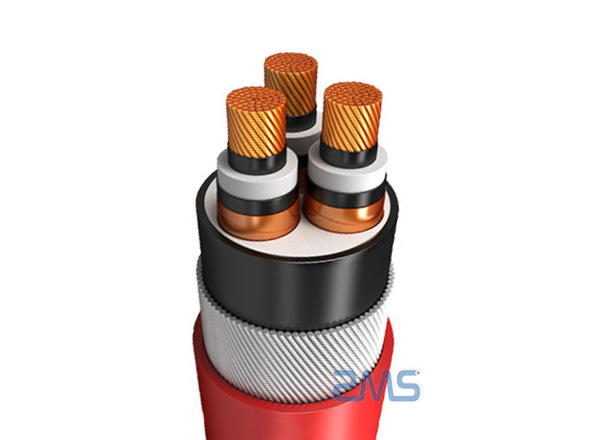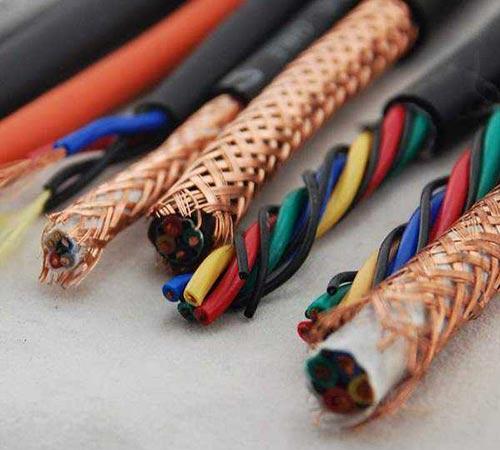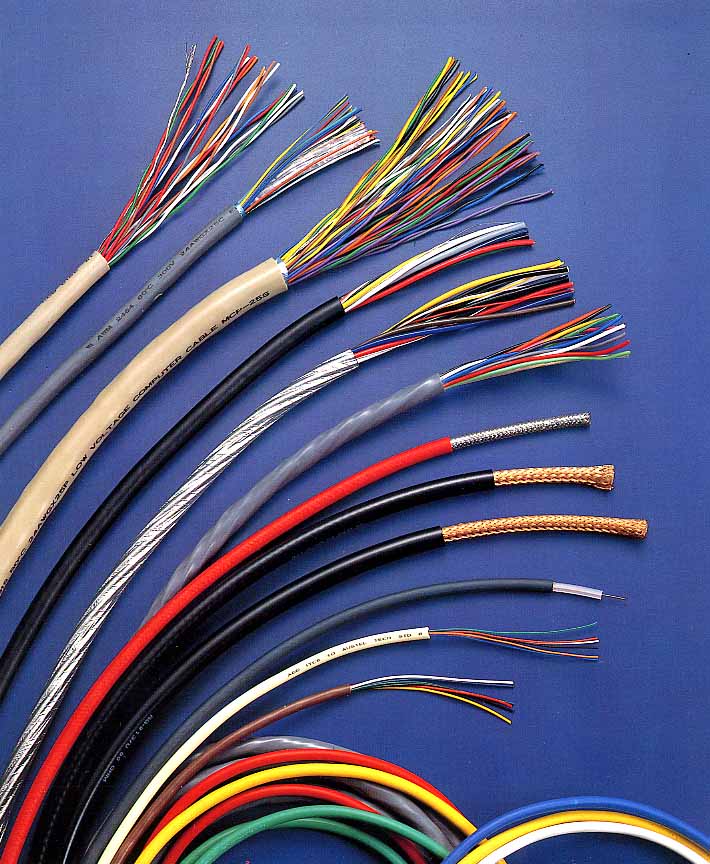The cable industry has evolved to the point where there are various forms of specifications and standards for cables. Today ZMS will introduce you to the two most common and most commonly used cable standards and specifications. They are cable IEC standards, and cable BS standards.
IEC Cable Standards
The International Electrotechnical Commission (IEC) is a global organization responsible for developing international standards for all electrical, electronic, and related technologies. The IEC was established in 1906 to promote international cooperation in all matters of standardization in the electrical and electronic fields. One of the main areas in which the IEC carries out its work is developing standards for cables for use in a wide range of electrical applications.

IEC flame retardant grade To evaluate the flame retardant performance of cables, IEC60332-1, IEC60332-2, and IEC60332-3 were developed by the International Electrotechnical Commission.
Common Cable Types Standardized by the IEC
IEC 60227: This standard specifies the general requirements for insulated cables, including all cables used in electrical installations, appliances, and equipment.
IEC 60332: The 60332 standard deals with the flammability properties of cables and specifies test methods for assessing the resistance of cables to the propagation of fire and the spread of flame.

IEC 60502: This standard deals with extruded insulated power cables and their accessories, covering aspects such as construction, materials, and performance requirements for medium voltage cables.
IEC 60794: It focuses on fiber optic cables and covers test procedures for the design, construction, and installation of fiber optic cables as well as for indoor and outdoor applications.
IEC 61156: This standard specifies a generic cabling system for building wiring, including requirements for structured cabling, connectors, and transmission performance.
Importance of IEC cable standards
Ensuring Safety: Safety is a top priority for electrical installations. Non-compliant or substandard cables pose serious risks, including electrical fires, short circuits, and electric shocks. the IEC standards define rigorous test procedures to evaluate the safety characteristics of cables, including insulation, conductor materials, and resistance to environmental factors such as heat, humidity, and mechanical stress. Compliance with these standards reduces the risk of electrical hazards and protects life and property.
Increased Reliability: Reliable operation is essential for any electrical system, whether it is a power distribution network or a telecommunications infrastructure, and IEC standards specify parameters such as rated voltage, current-carrying capacity, and insulation properties to ensure that cables operate reliably under a wide range of operating conditions. By adhering to these standards, manufacturers can produce cables that perform consistently, minimizing downtime and increasing the overall reliability of electrical systems.

Promoting Interoperability: In today’s interconnected world, interoperability is critical to the seamless integration of the different components of an electrical system. The IEC standards establish common specifications for cable connectors, interfaces, and communication protocols, enabling interoperability between cables and related equipment produced by different manufacturers. This interoperability promotes compatibility, flexibility, and simplicity of integration, facilitating the deployment of complex electrical systems in a variety of applications.
Improving Efficiency: Efficiency is an important consideration in the design and operation of electrical systems, affecting factors such as energy consumption, signal transmission, and system maintenance.IEC standards specify criteria for cable design, construction, and performance optimization designed to maximize efficiency while minimizing loss and signal attenuation. By adhering to these standards, stakeholders can optimize the efficiency of their electrical systems, resulting in reduced energy costs, improved performance, and increased sustainability.
BS Cable Standards
The British Standards Institution (BSI) is the UK’s national standards body responsible for developing and publishing technical standards across various industries. Founded in 1901, the BSI’s primary objective is to drive innovation, quality, and competitiveness by creating standards that promote best practices and ensure excellence in products and services. In the field of electrical engineering, the cable standards developed by BSI cover a wide range of factors such as design, construction, performance, and safety.

Common Cable Types Covered by BS Standards
BS 6004: This standard specifies the requirements for polyvinyl chloride insulated cables and covers all types of cables used in fixed installations, including wiring in domestic, commercial, and industrial premises.
BS 5467: The BS 5467 standard deals with thermoset insulated low voltage armored cables, covering conductor sizes, voltage ratings, and mechanical protection for underground and outdoor installations.
BS 6724: This standard covers cross-linked polyethylene insulated power and control cables for medium voltage applications such as distribution networks and industrial installations.
BS EN 50525: This standard harmonizes European and British requirements for cables and covers various types of cables, including flexible cables, welding cables, and rubber-insulated cables.
Importance of The BS Standard for Cables
Ensuring Quality: There is no doubt about the quality of cables used in electrical installations, and ZMS has learned from years of experience that substandard cables can compromise the integrity of an electrical system, leading to inefficiencies, malfunctions, and safety hazards. That’s why British Standards set out strict criteria for cable materials, construction methods, and manufacturing processes to ensure that cables meet the required quality benchmarks. By adhering to these standards, cable manufacturers can adhere to the highest quality standards and deliver cables with superior performance and longevity.

Promoting Compatibility: Compatibility is essential to ensure seamless integration between different components of an electrical system. The British Standards set out a common specification for cable connectors, interfaces, and installation practices, promoting interoperability between cables and associated equipment produced by different manufacturers. This compatibility increases flexibility, ease of installation, and future scalability, enabling stakeholders to build robust, versatile electrical systems.
Facilitating Compliance: Meeting regulatory requirements is essential for demonstrating the safety and reliability of electrical installations. the BS standards are the benchmark for compliance, providing clear guidance and criteria for cable design, installation, and maintenance. By adhering to these standards, stakeholders can ensure that their electrical systems comply with regulatory requirements and industry best practices, thereby reducing the risk of non-compliance and associated penalties.
In summary, adherence to cable-related standards helps maintain the quality, safety, and performance of cables used in electrical installations, safeguarding life and property. Through these standards, stakeholders can ensure the reliability of their electrical systems, reduce risk, and demonstrate compliance with regulatory requirements. As technology continues to advance and the electricity demand continues to grow, the role of IEC and BS standards in shaping the future of cable engineering remains indispensable, driving innovation, standardization, and excellence in electrical infrastructures across the globe.
